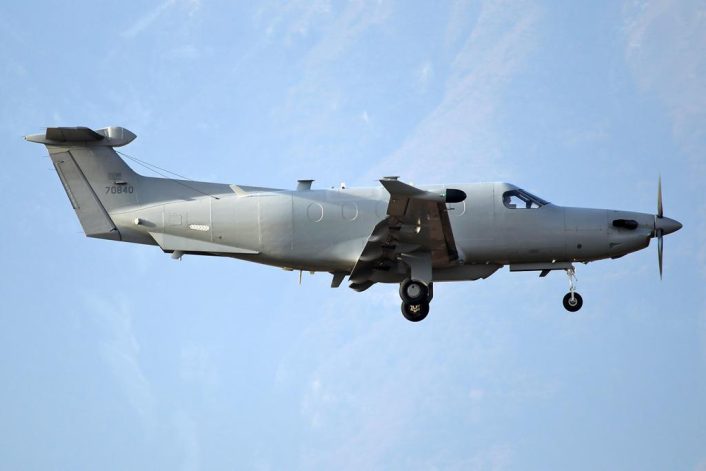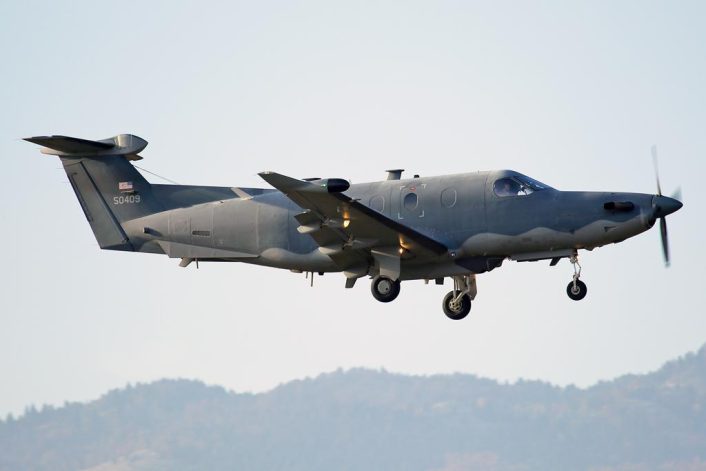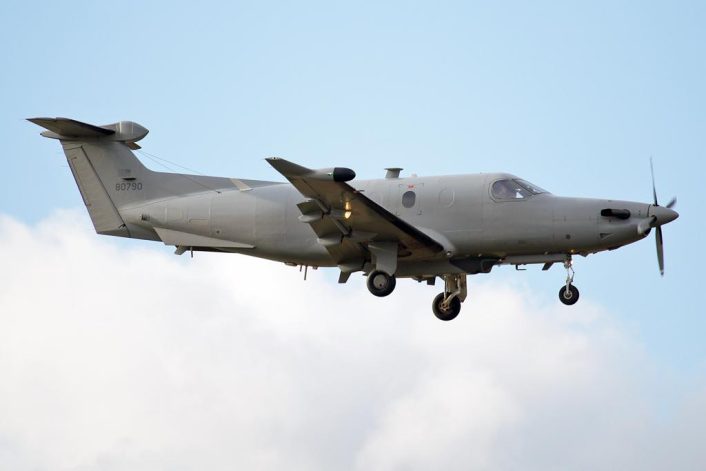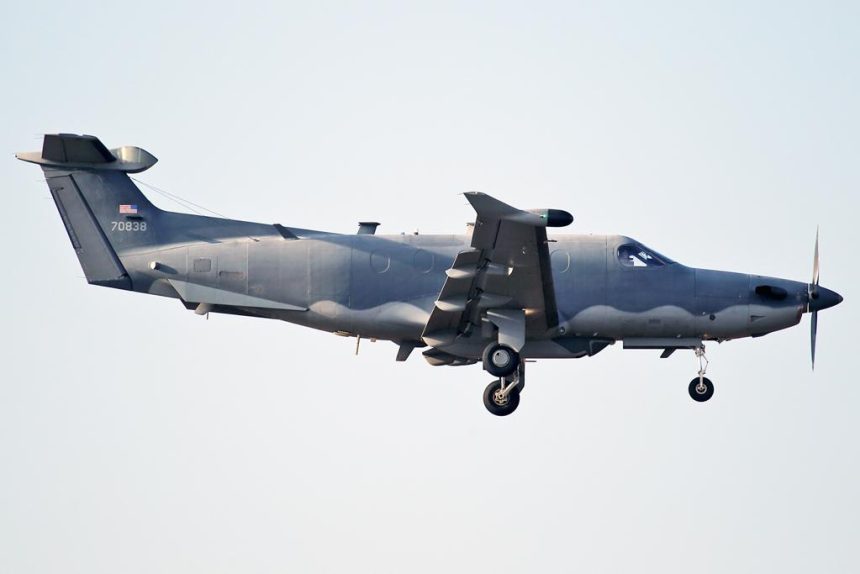The U-28A Draco, on their way back to CONUS from the U.S. Central Command area of operations, made a stopover at Aviano AB, in Italy.
Between Oct. 29 and 30, 2020, four U-28A Draco aircraft, serial 07-0840, 07-0838, 05-0409 and 08-0790, belonging to the Air Force Special Operations Command, landed at Aviano AB, in northeastern Italy. Flying as RCH1016, RCH1018, RCH1020 and RCH1022, the ISR (Intelligence Surveillance Reconnaissance) aircraft were on their way back to Hurlburt Field, Florida, home of the 492nd Special Operations Wing and its four child units: the 5th, 34th, 318th, and 319th Special Operations Squadrons (SOS).
The aircraft arrived at Aviano from Souda Bay, Crete, and departed again for Ramstein on the very same day (08-0790 on Oct. 29, the remaining three on Oct. 30). Their trip back home included a subsequent stopover in Prestwick, UK, where the four U-28s arrived on Nov. 2, 2020.

The U-28A (where “U” prefix stands for “utilitarian”), purchased at a unit price of 3.5 million USD from the Swiss company Pilatus, is a militarized version of the PC-12M. Although much similar in terms of basic design as the civilian plane, the U-28A is equipped with special navigation equipment, weather radar and other undisclosed equipment. Not all the 28 Dracos share the same configuration and payload, that include EO/IR (Electro-Optical)/InfraRed sensors as well as FMV (Full Motion Video) cameras.
The plane has a crew of two pilots (even if can be flown by one pilot only), one Combat Systems Officer and a Tactical Systems Officer, and it is able to operate from short and unimproved runway surfaces.

According to the information released by the Air Force Special Operations Command, depending on the internal configuration, the aircraft can carry up to nine passengers, or about 3,000 pounds of cargo.
“Over the battlefields of the global war on terror, Draco has come to mean unparalleled special operations intelligence, surveillance and reconnaissance support, especially to the men and women on the ground in the line of fire,” said Lt. Col. Chad Anthony, 319th Special Operations Squadron commander, commenting on the capabilities of the aircraft in an Air Force article published last year.

First deployed in 2006, the mission of the Draco is to provide manned fixed-wing tactical airborne ISR support to humanitarian operations, search and rescue, conventional and special operations missions. The aircraft have operated across the Middle East, Afghanistan and Africa, where they reportedly operated from airstrips in Uganda, South Sudan, Ethiopia, Djibouti and, above all, Burkina Faso. While their exact mission has never been disclosed, they are believed to have flown surveillance missions, pursuing rebels pick ups in the desert and possibly eavesdropping suspect radio communications.
Like other special operation aircraft, in order to keep a “low profile” and appear similar to general aviation aircraft during their clandestine missions, these ISR planes are painted in different color schemes: two-tone gray, overall light gray and even white.









